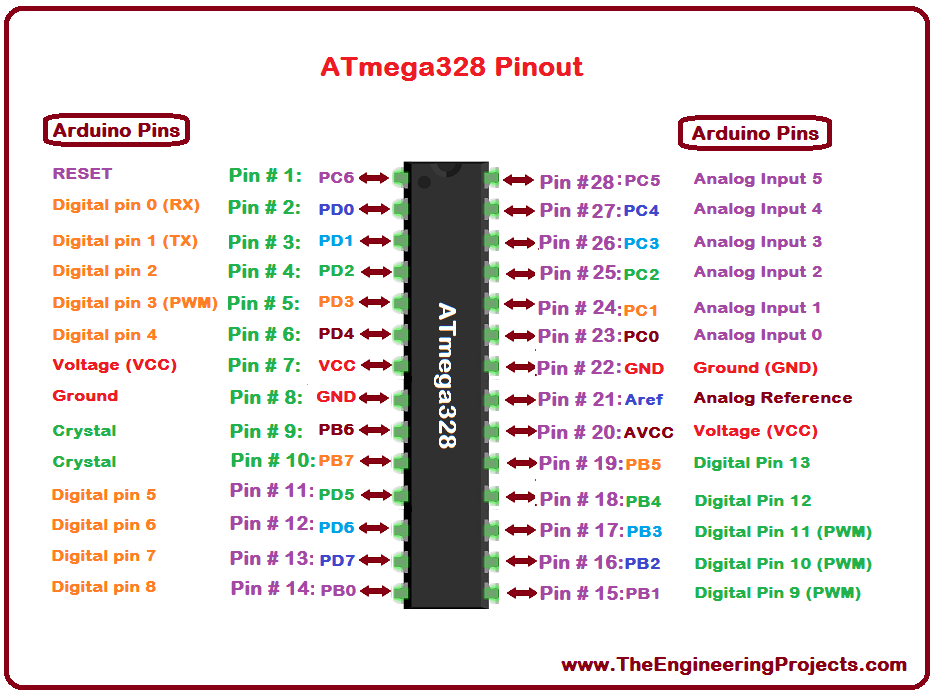Abul Basar
Newbie

Hi. I am a student of Diploma in Engineering Electrical Technology. So i haven’t so much knowledge about microcontroller. I am learning about microcontroller and i am confused about why microcontroller need to communicate? Why serial port is important? Why microcontroller communicate with serial port? And whats the difference between I/O port and serial port?




